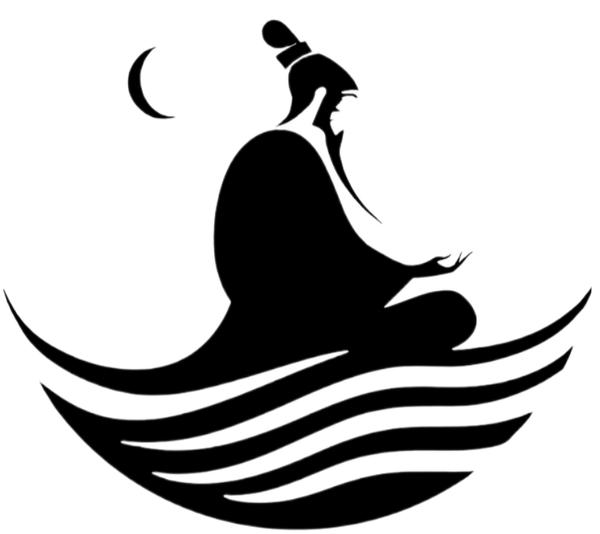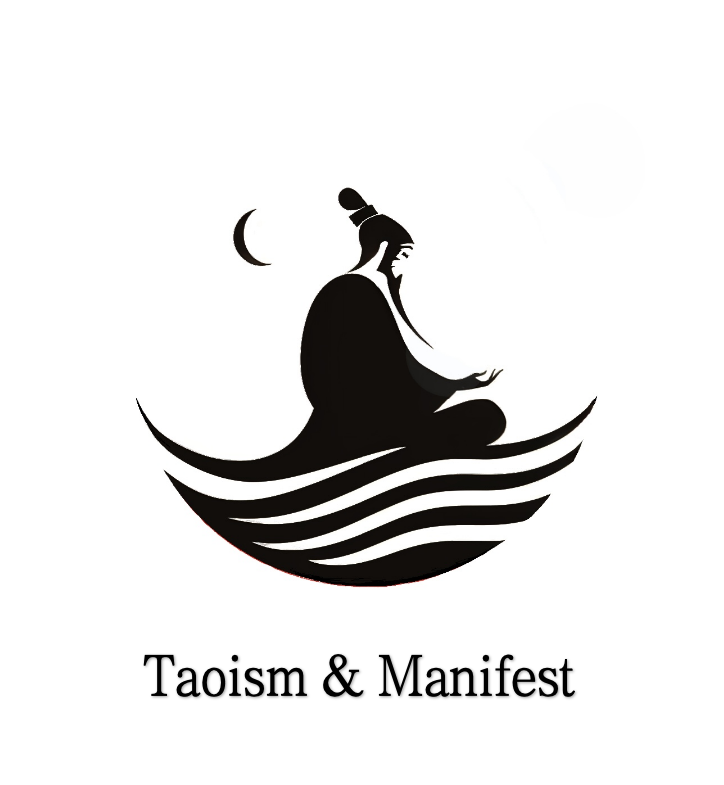Taoism is a rich and diverse religion.
Similar to Buddhism, which views external paths as means to reach divine truths, Taoism interprets all religions as manifestations of the Tao. Each religion is given significance, acknowledging its unique path and status.
When it comes to understanding homosexuality, Taoism offers insightful perspectives. Consider the concepts of yin and yang: if male embodies yang and female embodies yin, then homosexuality can be seen as the interplay of yin within yang and yang within yin, reflecting the harmony of Tai Chi.
As the saying goes, “A yin and a yang is called Tao; that which cannot be measured is called God.” Humans represent a balance of these forces—both men and women possess aspects of yin and yang. This fluidity explains the existence of sexual minorities, which are expressions of the ever-changing dynamics of yin and yang.
In my view, the concept of yin and yang is often misinterpreted by those opposed to homosexuality. Instead of being a tool for exclusion, it serves to illustrate the natural diversity of sexual orientations as part of the Tao.
Moreover, Taoism features deities like the "Rabbit God," who symbolizes same-sex love. This further highlights the religion’s openness and acceptance of various gender orientations, showcasing the profound diversity within Taoist beliefs.
Reference
Rabbit God - Wikipedia: Rabbit God
Yin and Yang - Wikipedia: Yin and Yang
Taoist Deities - Wikipedia: Taoist Deities
LGBT Rights in China (context on sexuality in relation to cultural beliefs): LGBT Rights in China
Homosexuality in Ancient China: Homosexuality in Ancient China






